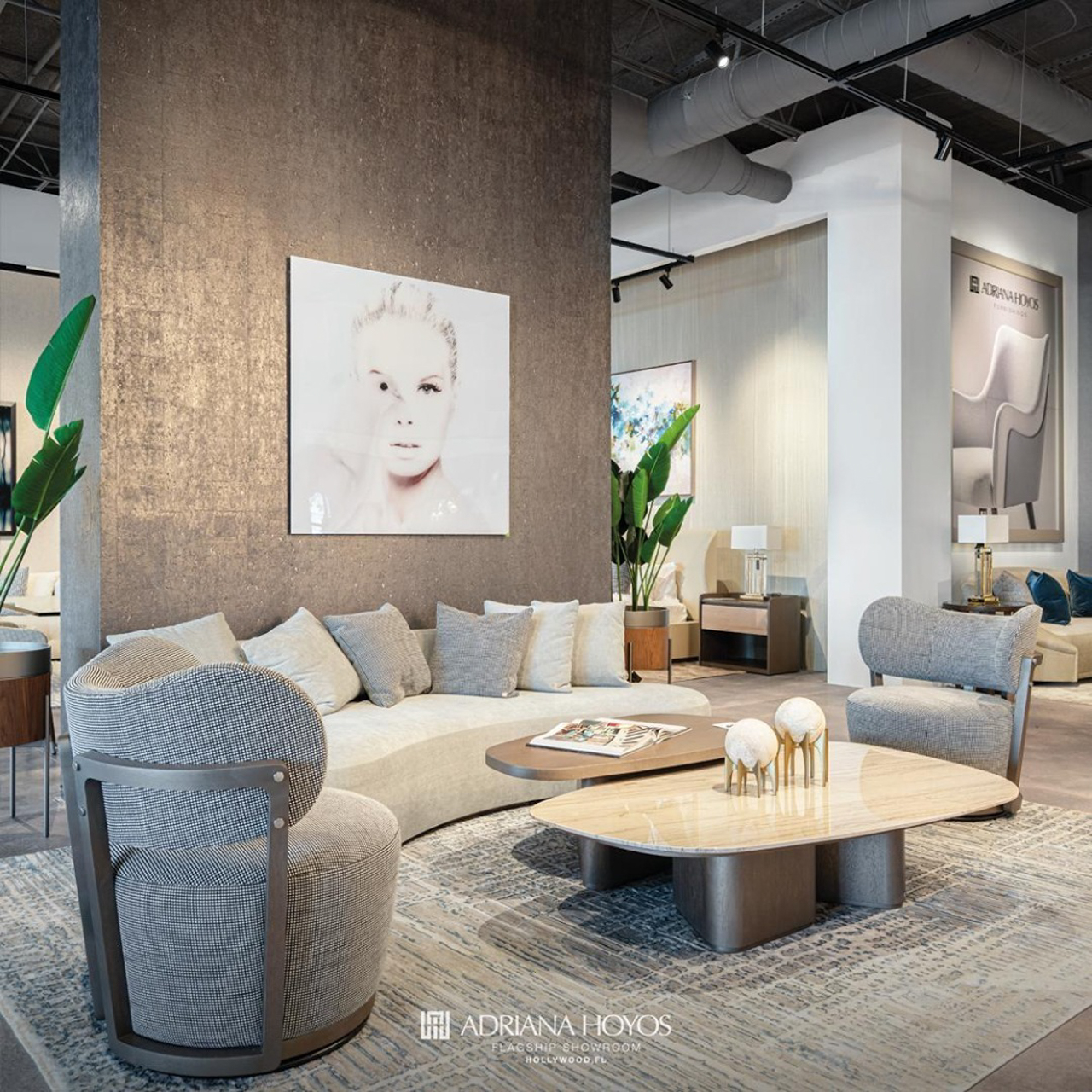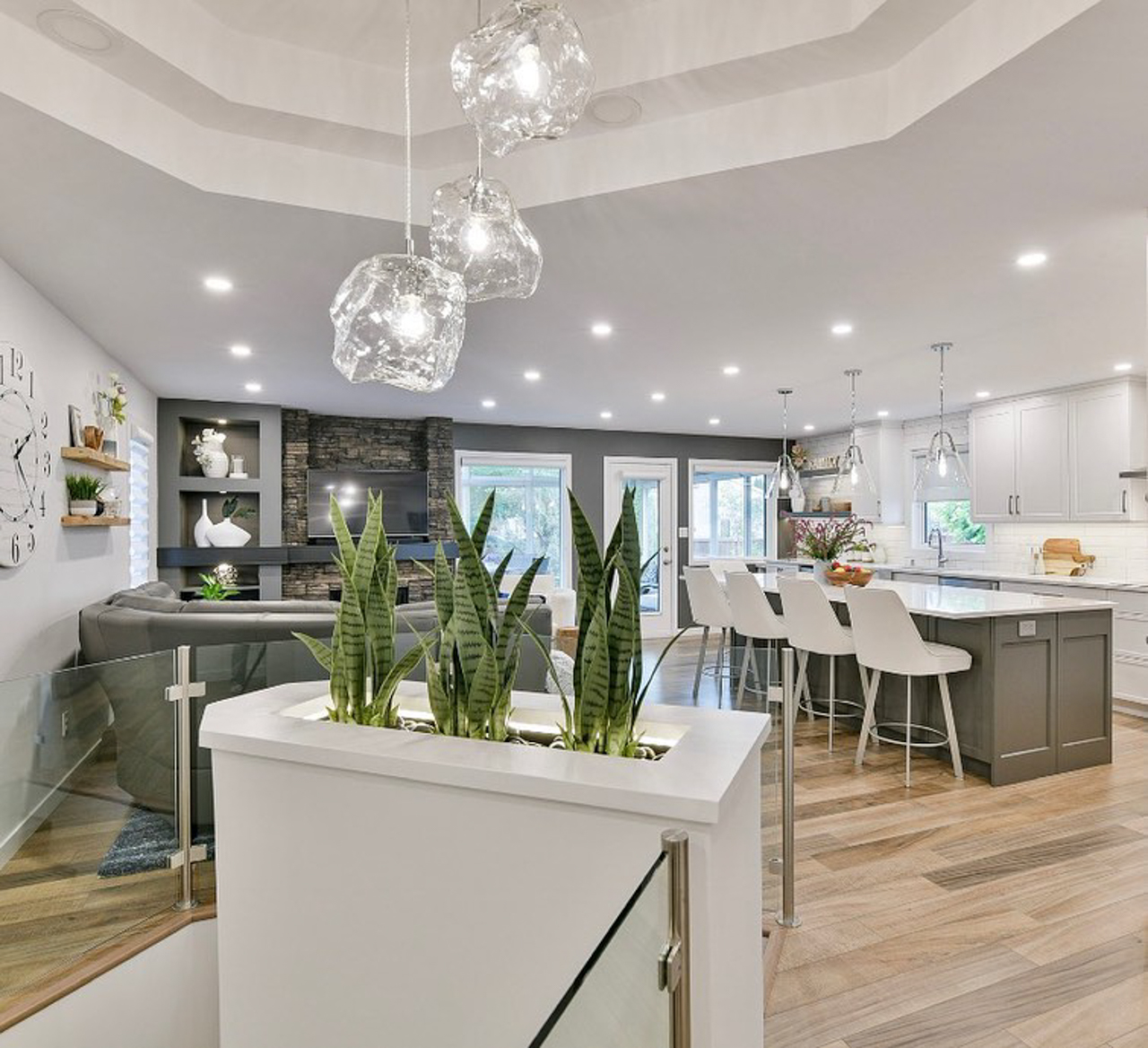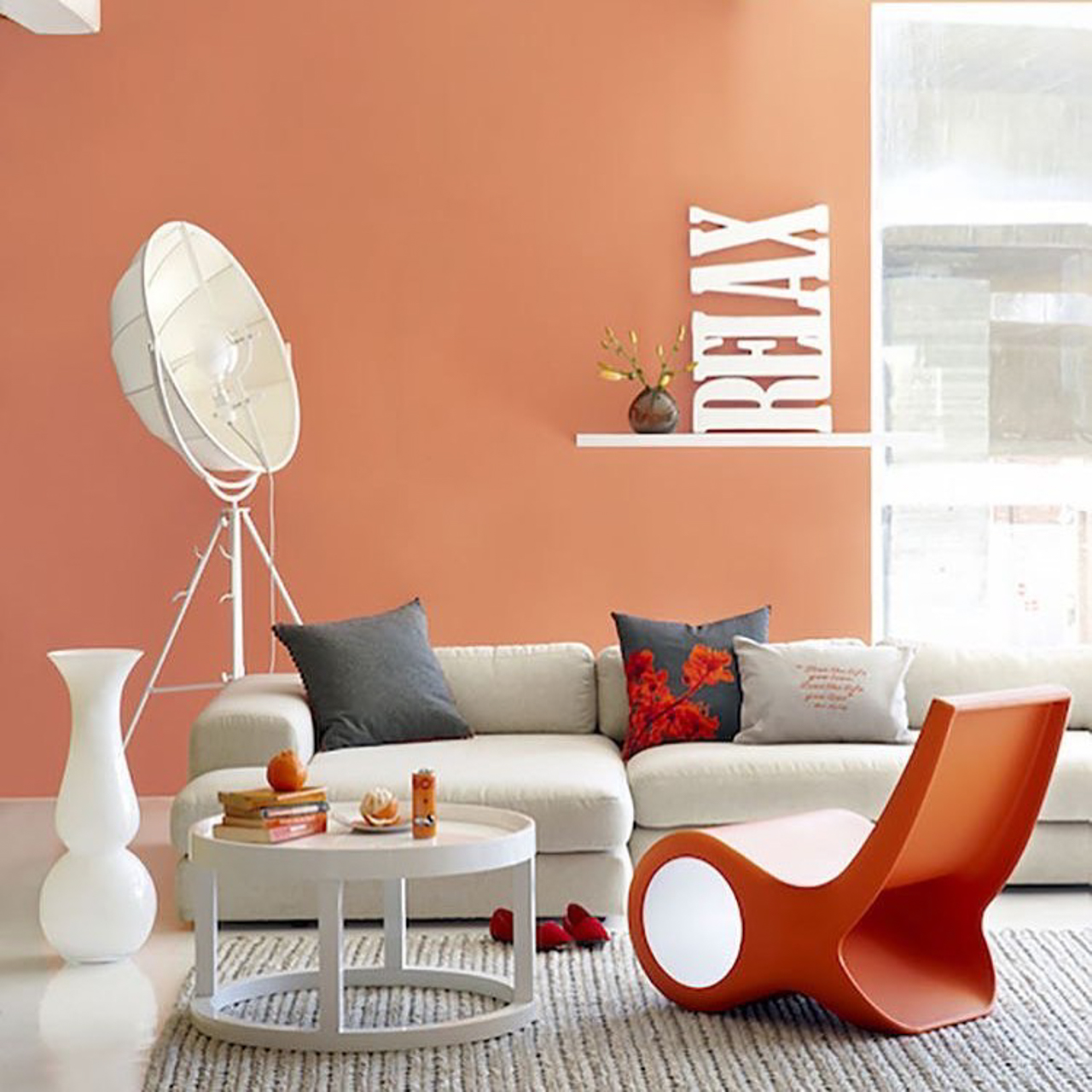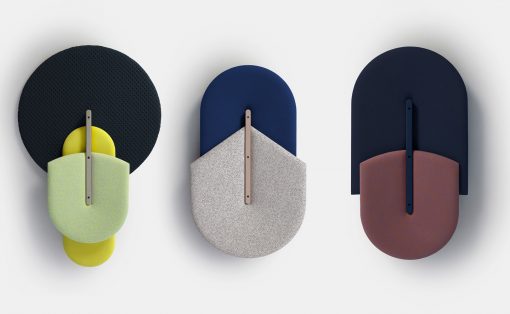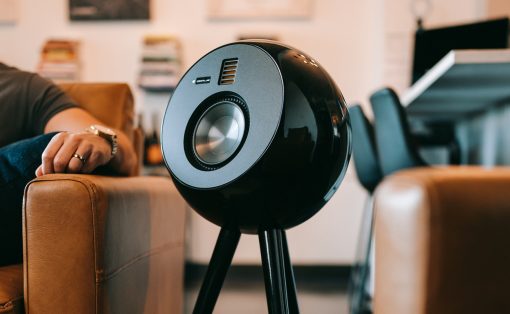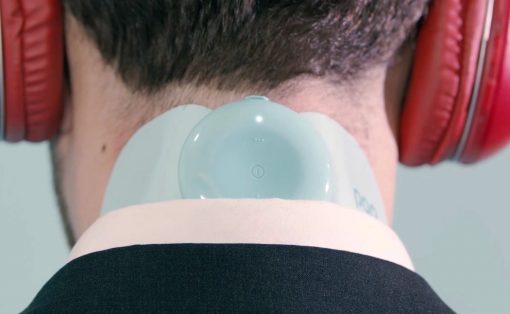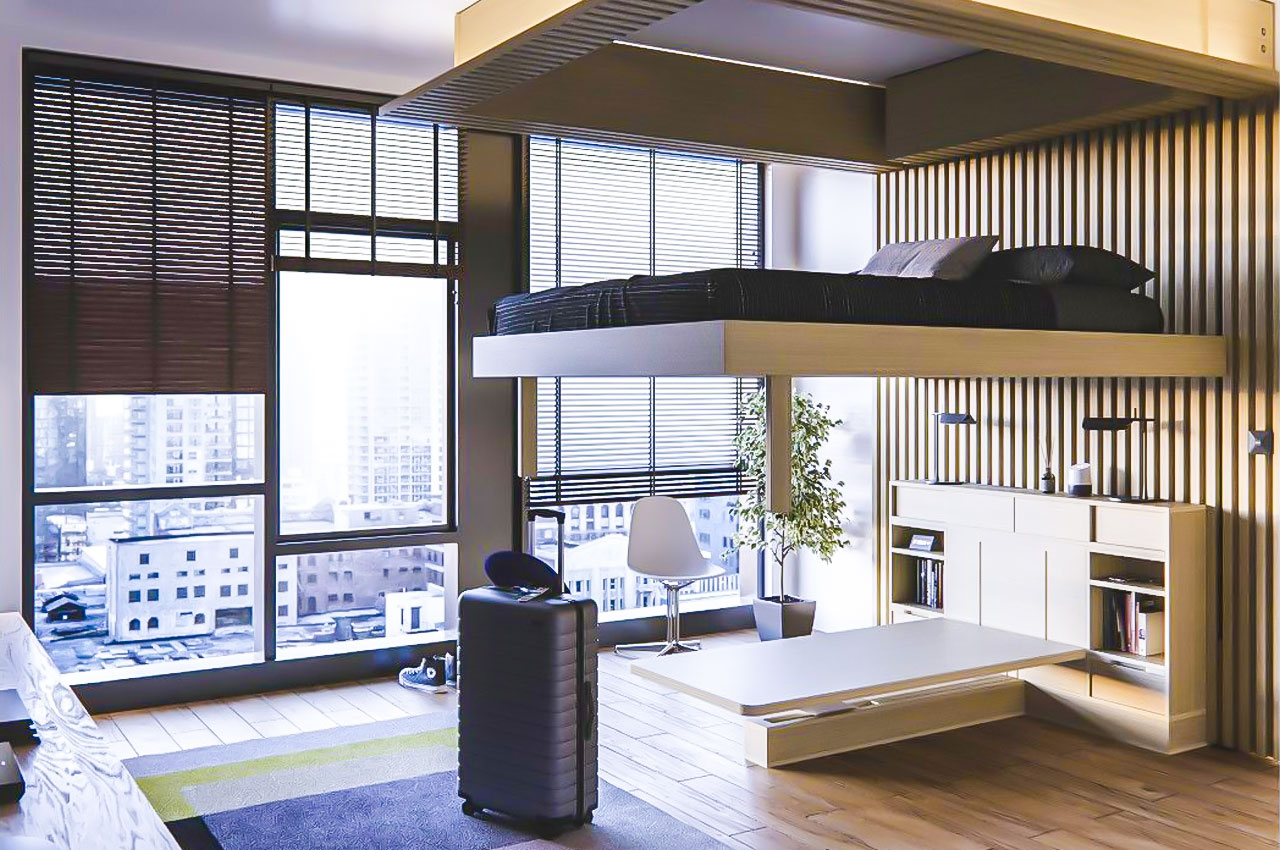
In the past three years, the functionality of our homes have evolved since we are spending a lot of time indoors. As we usher into 2023, one thing is sure we are not going to the pre-pandemic way of life, and the new way of living will be a mix of the old and new trends. Our homes need to encourage comfort and stability in our daily lives and transform into calm, peaceful and balanced spaces. So, if you plan to revamp your interiors this year, check out what the 2023 home décor trends offer.
1. A Wellness-inspired Décor
A lot of focus on wellness fosters healthy and mindful living. Our home should have a calming vibe that can soothe the mind, body and soul. Each occupant must create a personal space within the house so that it reflects their personality, is clutter-free and is surrounded by earth elements. Introduce healing sounds via a prayer bowl or a speaker to create a calm mind. The design should also incorporate a quiet space where one can meditate regularly. Good natural ventilation, soothing colors, healing fragrances, an indoor-outdoor connection, using natural materials, and cutting visual clutter can have a relaxing effect. Bring in plenty of natural light and ventilation as it can have a therapeutic impact making the home positive and inviting.
2. Introduce Soft Curves
Instead of straight lines and sharp edges, modernist curves and rounded sculptural forms have emerged as one of the biggest design trends. Comfort is of prime importance, and furniture styles are adapting to the same. One embraces the curves and infuses a sense of softness through curvaceous sofas, chairs, and accessories like light fixtures, decorative accents, mirrors, etc. Since curved and organic forms are found in nature, we must look at nature for inspiration for the upholstery and accessories.
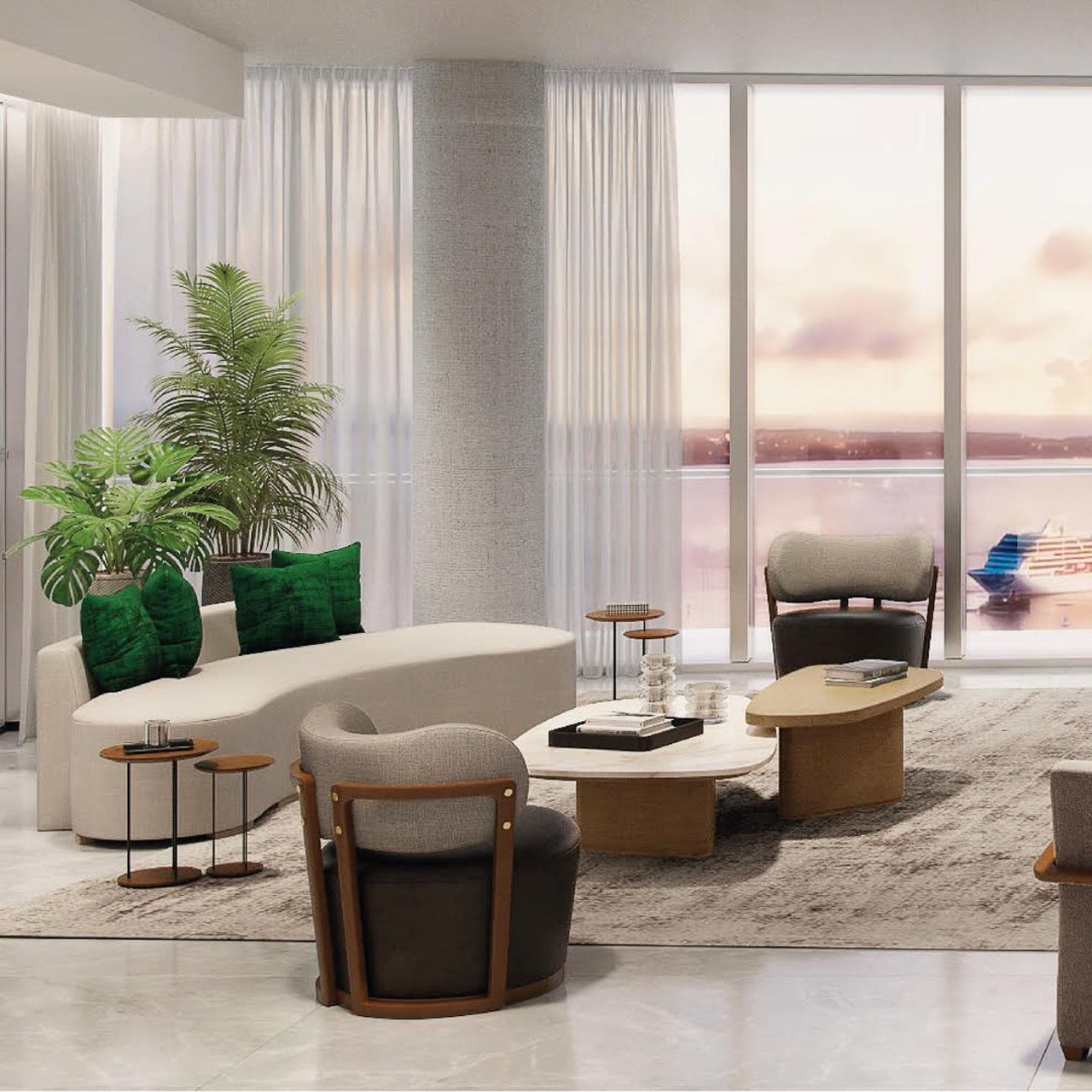
Image Credit: ADRIANA HOYOS Furnishings
3. Good lighting
Lighting directly impacts the health and well-being of its occupants and will form one of the most important trends this season. Its primary function is to help us see correctly without causing eyestrain. In addition, it improves our mood and stabilizes our circadian rhythm. Per the general lighting rules, Layered lighting offers warmth and coziness and creates a balanced space with the ambient, task, and accent lighting. Ambient lighting forms the first layer of lighting, which provides general illumination to the room. On this base layer, two additional layers of light are added. Task lighting forms the second layer of lighting, which provides focused lighting to perform specific tasks like reading, cooking, and studying. The final layer of lighting is accent lighting which is used to highlight specific architectural features and accessories. Another trend is to use oversized pendant lights, sculptural lighting, and dimmers for mood lighting.
4. A Personalized Decor
The décor should reflect a strong sense of personal style and taste. Homeowners want to deviate from the bland ultra-minimalist look in hues of monochromatic white and greys and would like to introduce bright colors in the accents to add warmth and contrast to the space. Instead of having well-coordinated Pinterest-perfect homes, the latest trend is to integrate personal collections that speak about travel experiences, heirloom pieces of furniture, and the fusion of antique furniture that can imbue a sense of sophistication. Although open-plan spaces are in vogue, it is essential to create intimate dining space that encourages interaction. Pops of color in the accessories add playful charm to the interiors and can be introduced into the highlight walls, accent pillows, and rugs to anchor the space. Consider Viva Magenta- Pantone color of 2023 as the accent color, and it is a vibrant crimson red tone that is a fusion of warm and cool colors.
5. Multifunctional Spaces
In a post-Covid world, multifunctionality has become the key to any design, especially in densely populated cities where space is at a premium. Hence each nook and corner should be thoughtfully designed so that there is scope for accommodating additional functions like yoga, exercise, and meditation and increasing the efficiency of the laundry rooms according to the requirements of the occupants. As the location of the workspace has been redefined, work from home and hybrid work, the home office should be ergonomic and well-designed and have a defined design that can enhance productivity. Smart home technology will penetrate areas like home security, safety, blinds, lighting solutions, and air conditioning.
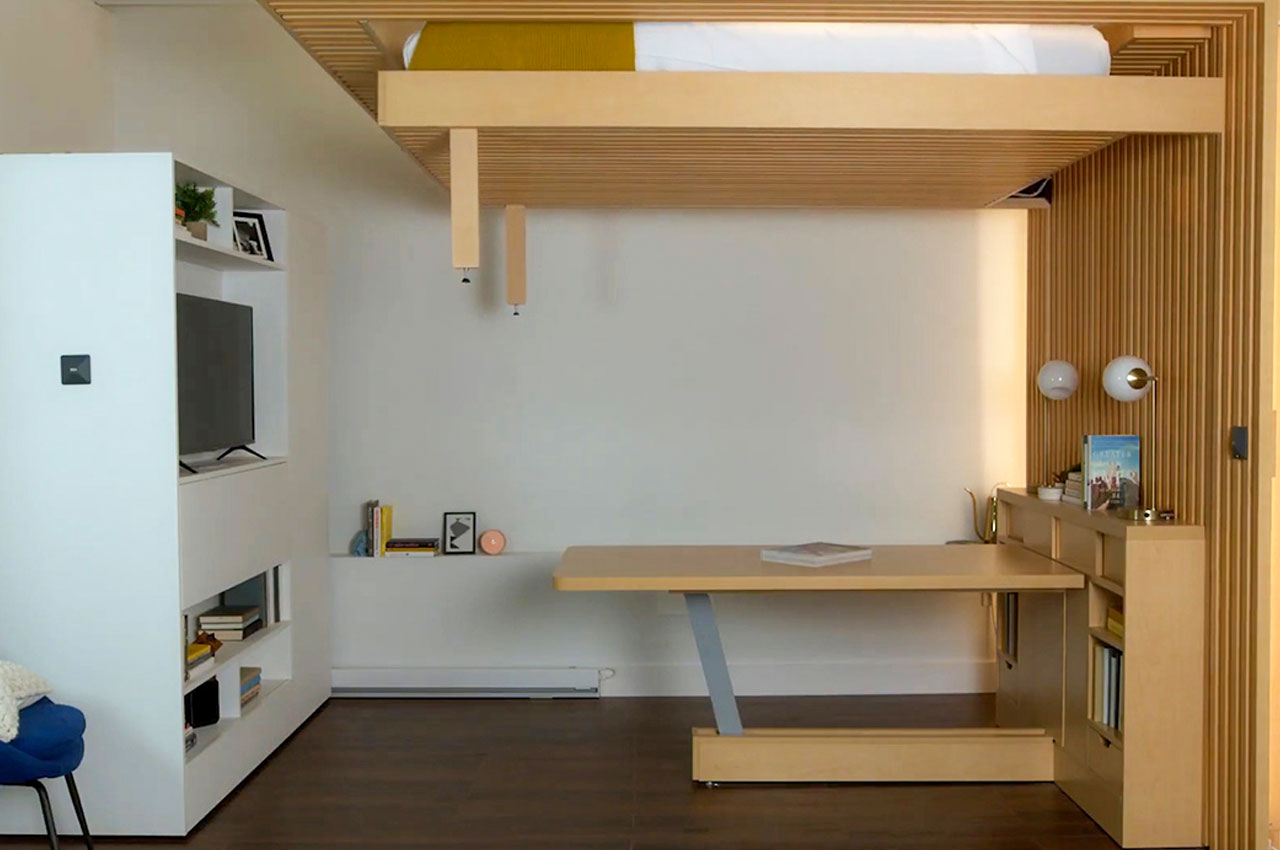
Image Credit: Ori Living
6. Outdoor Living
After going through global lockdowns, there is a lot of focus on the home’s outdoor areas, even if it is a small balcony. A serene and functional outdoor space encourages one to spend more time outdoors and create a seamless connection between the indoors and outdoors. The outdoor areas may include a private courtyard, open patio, covered porch, or a swimming pool deck. These areas can be beautified with plenty of plants and outdoor furniture in materials like bamboo, rattan, fireplaces, outdoor kitchens, and bar-b-que. Then, beautify it with outdoor lighting to create a soothing ambiance during the evenings.
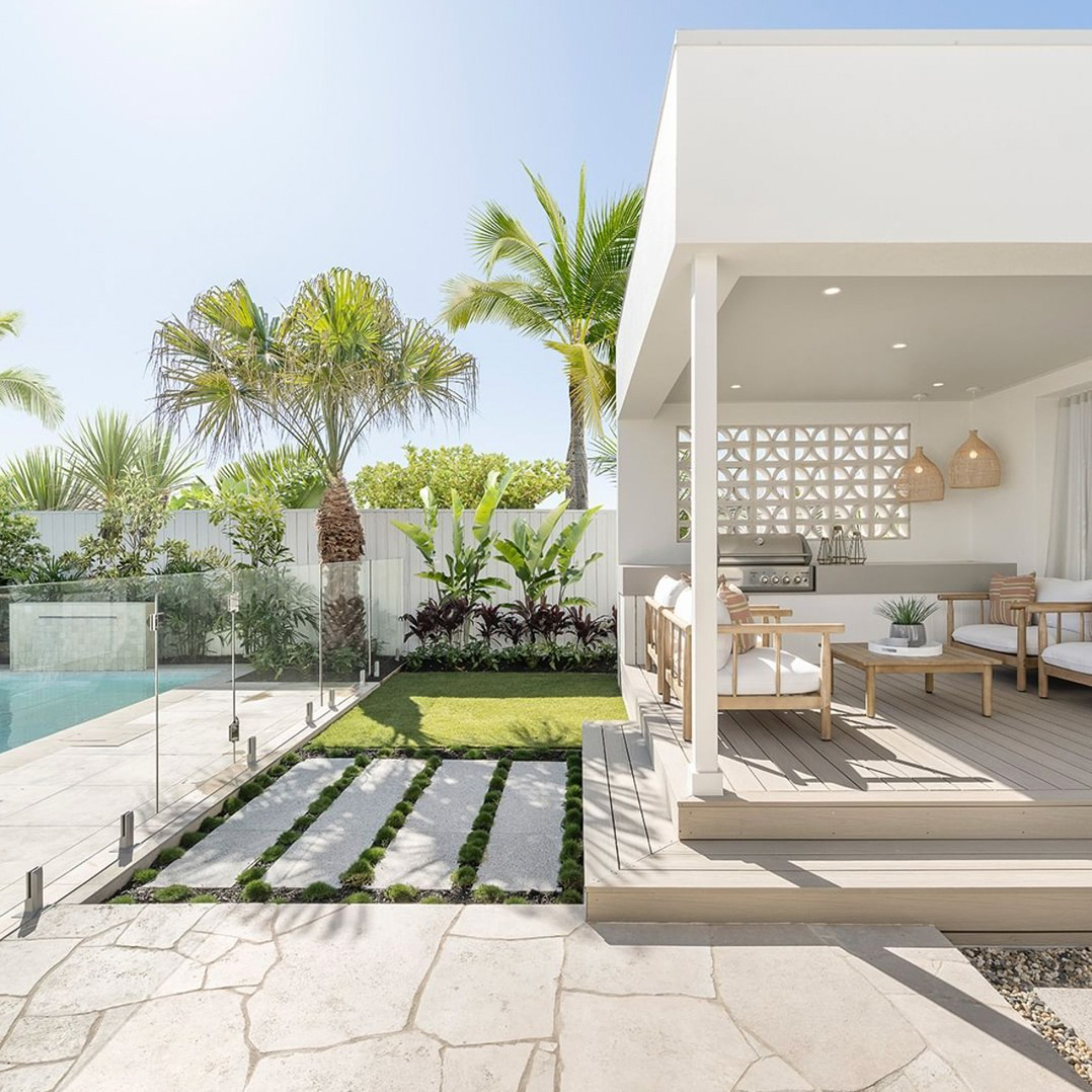
Image Credit: Queensland Homes
7. The Comeback of Old Design Styles
Many homeowners are deviating from the bland and sterile-looking minimalist homes; there is a slight shift towards the mid-century modern and Art deco style, which symbolizes flamboyance and hope. Note that the pandemic brought stress, anxiety, and isolation. Hence we want to take a cue from traditional design styles that were a mark of stability. Add a splash of Art deco style into the accent wall with wallpaper featuring geometric motifs and metallics that pay homage to the period. Another way to introduce this style is with patterned tiles, fabrics used for drapes, upholstered seating, and accent cushions.
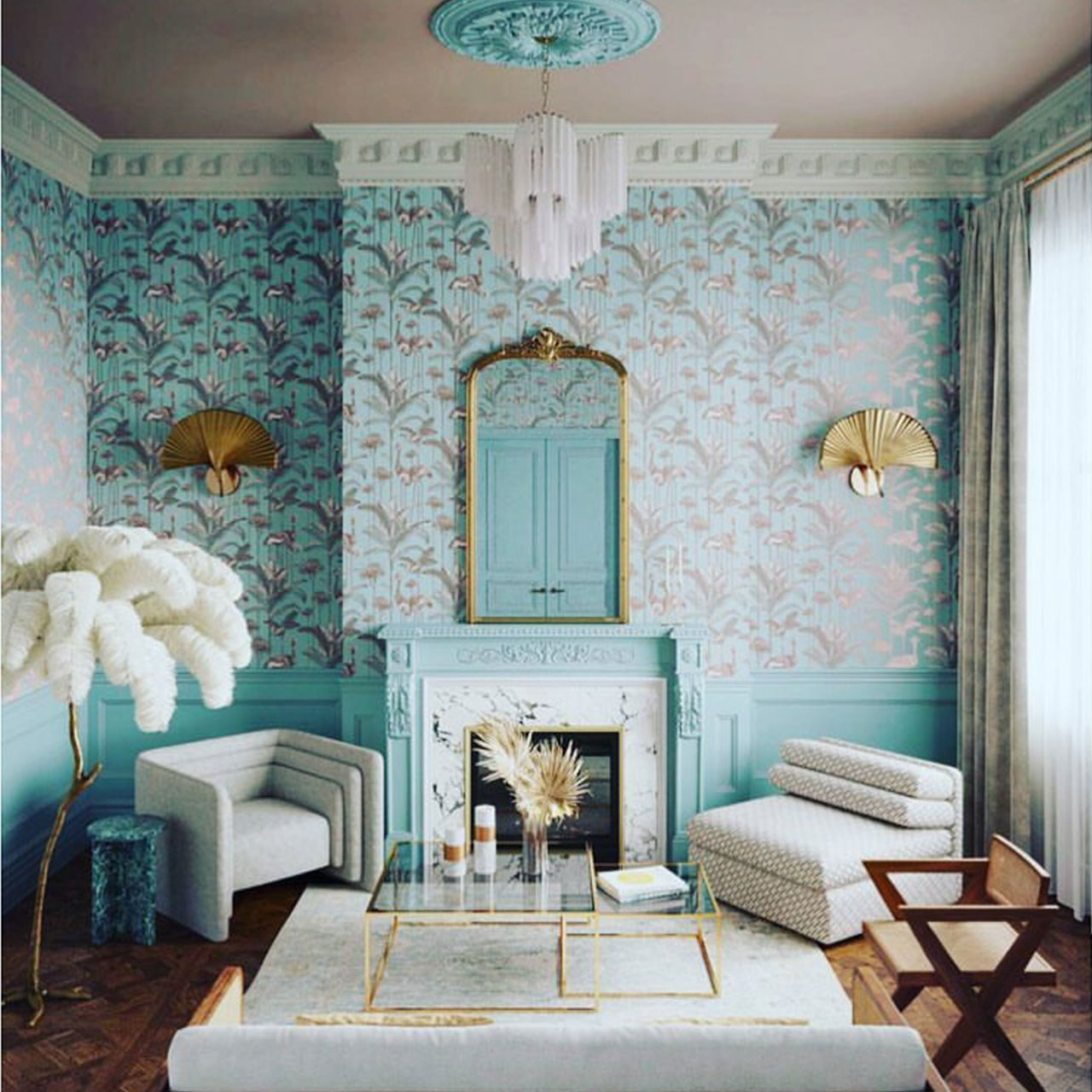
Image Credit: Linde Perelli
8. Use of Sustainable Materials
With an increased awareness of the reduce, reuse, and recycle concept, there is a demand for sustainable materials like cotton, bamboo, and linen alongside ethically sourced materials like wood, silk, and wool. There is a transition from synthetic materials like acrylic to organic materials. Additionally, a sustainable design focuses on repurposing and reusing as many existing pieces as possible and encourages using reclaimed materials like wood. Some of the latest furniture trends explore new design possibilities using recycled materials with low or no VOC finishes.
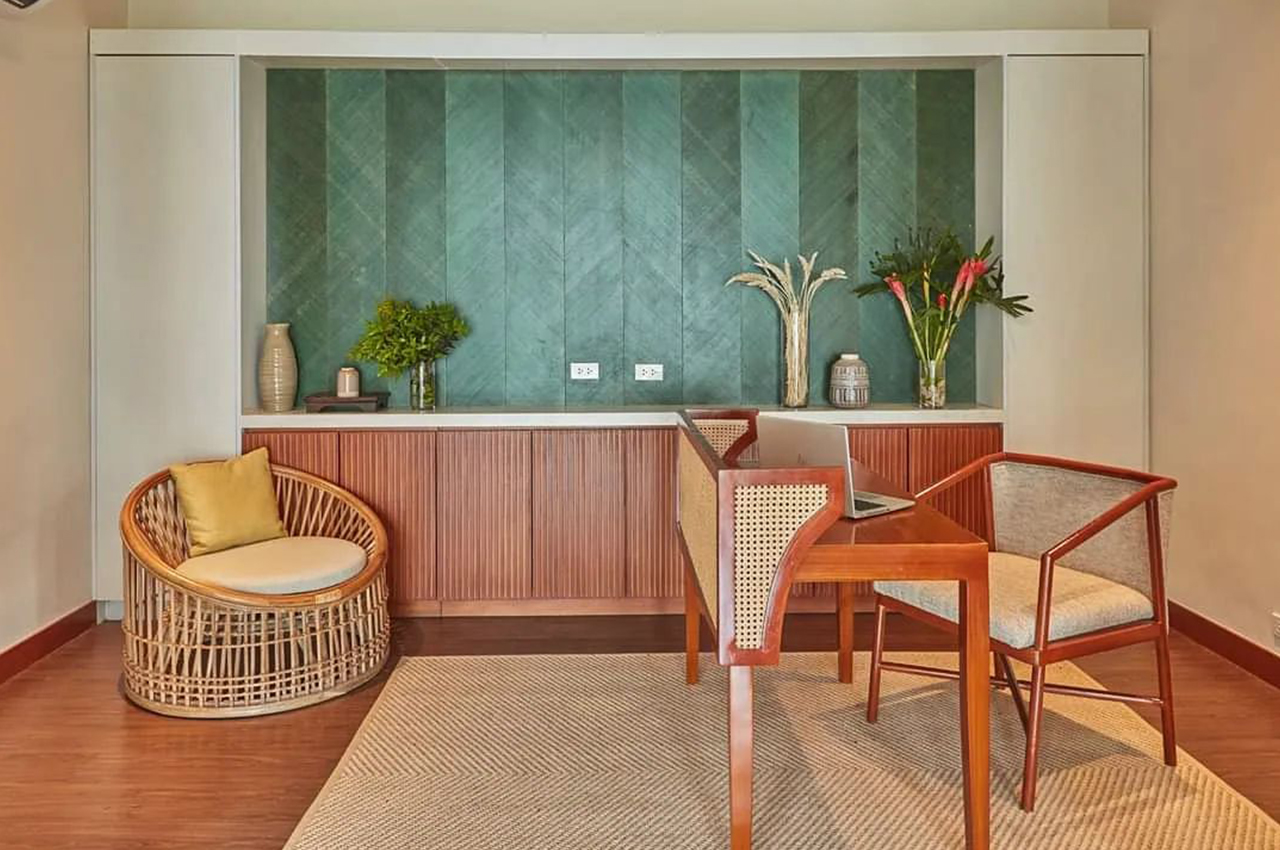
Image Credit: Zhu Bamboo Philippines
9. A Biophilic Décor
Incorporate biophilia to create a cozy interior that enhances comfort textures, a raw look, and earthy hues in harmony with nature. In a post-pandemic world, indoor plants have gained much popularity, and wooden furniture provides a grounded, earthy feel, warmth, coziness, and rich natural texture to the interiors. One must maximize natural light with big windows to bring a bright, airy feel, neutral color tones, and reflective surfaces. Create a connection to nature with organic textured materials, including wool, cotton, bamboo, rattan, cane, linen, linoleum, cork, and stone. Incorporate nature-inspired hues like blue and green that are calm and pleasing to the eye.
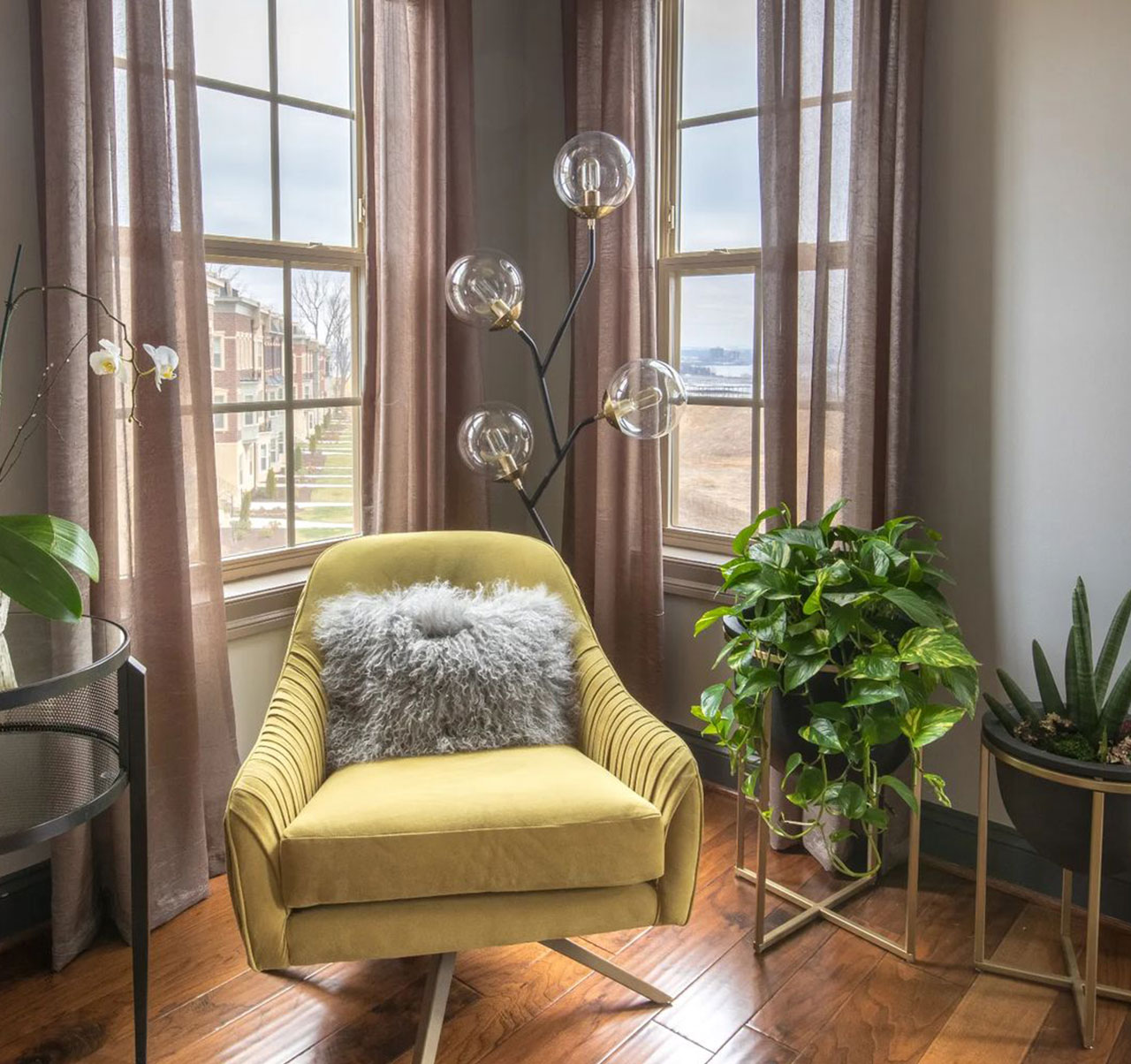
Image Credit: Lotus + Lilac Shoppe
10. Invest in Handmade
In 2023, there will be a shift from the cookie-cutter furniture trend, and people will invest in bespoke design and limited-edition things. There will be an increased demand for ornate furniture décor, wood inlay handiwork, and accessories that celebrate hand craftsmanship and artistry.
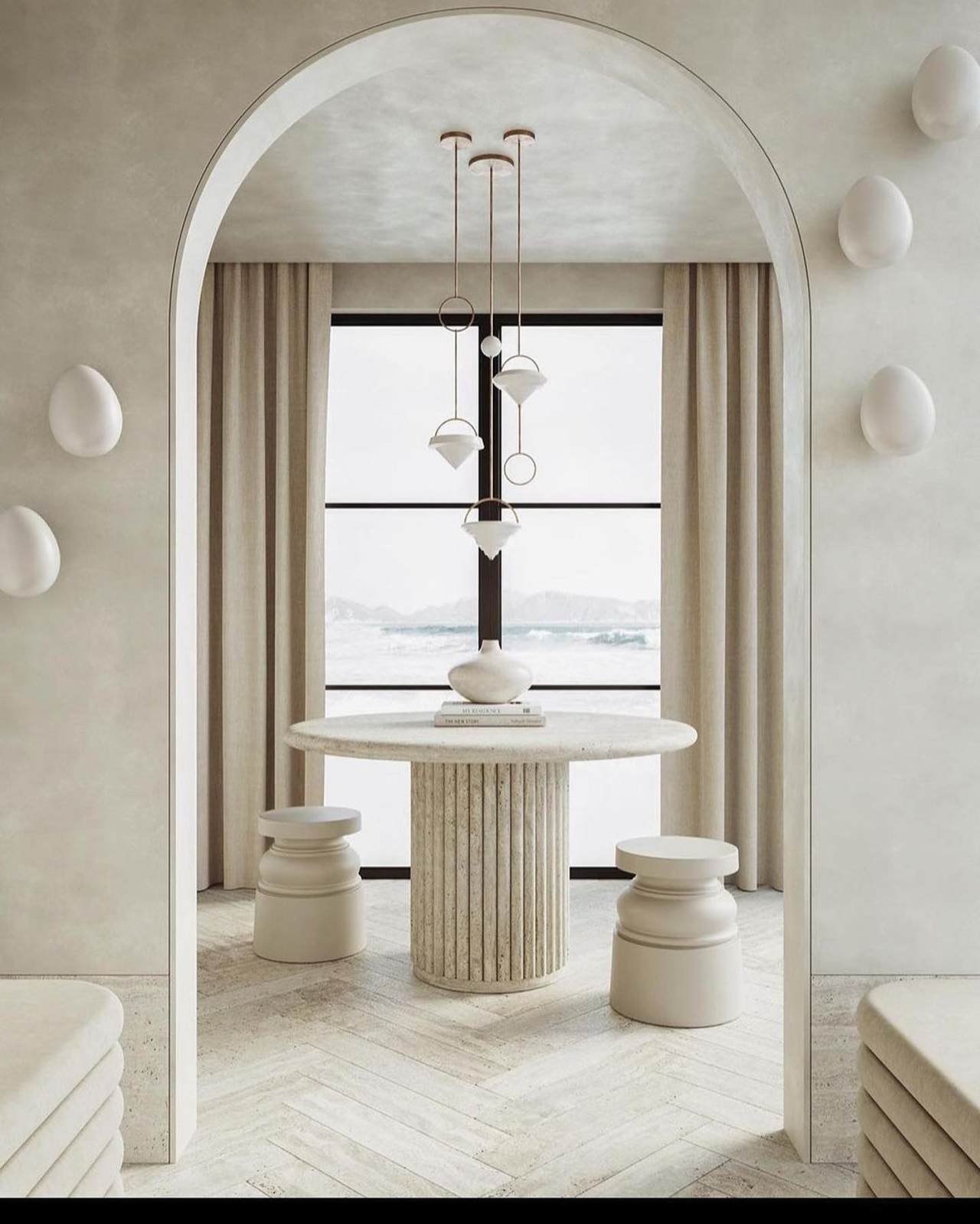
Image Credit: Tatiana Hürlimann

